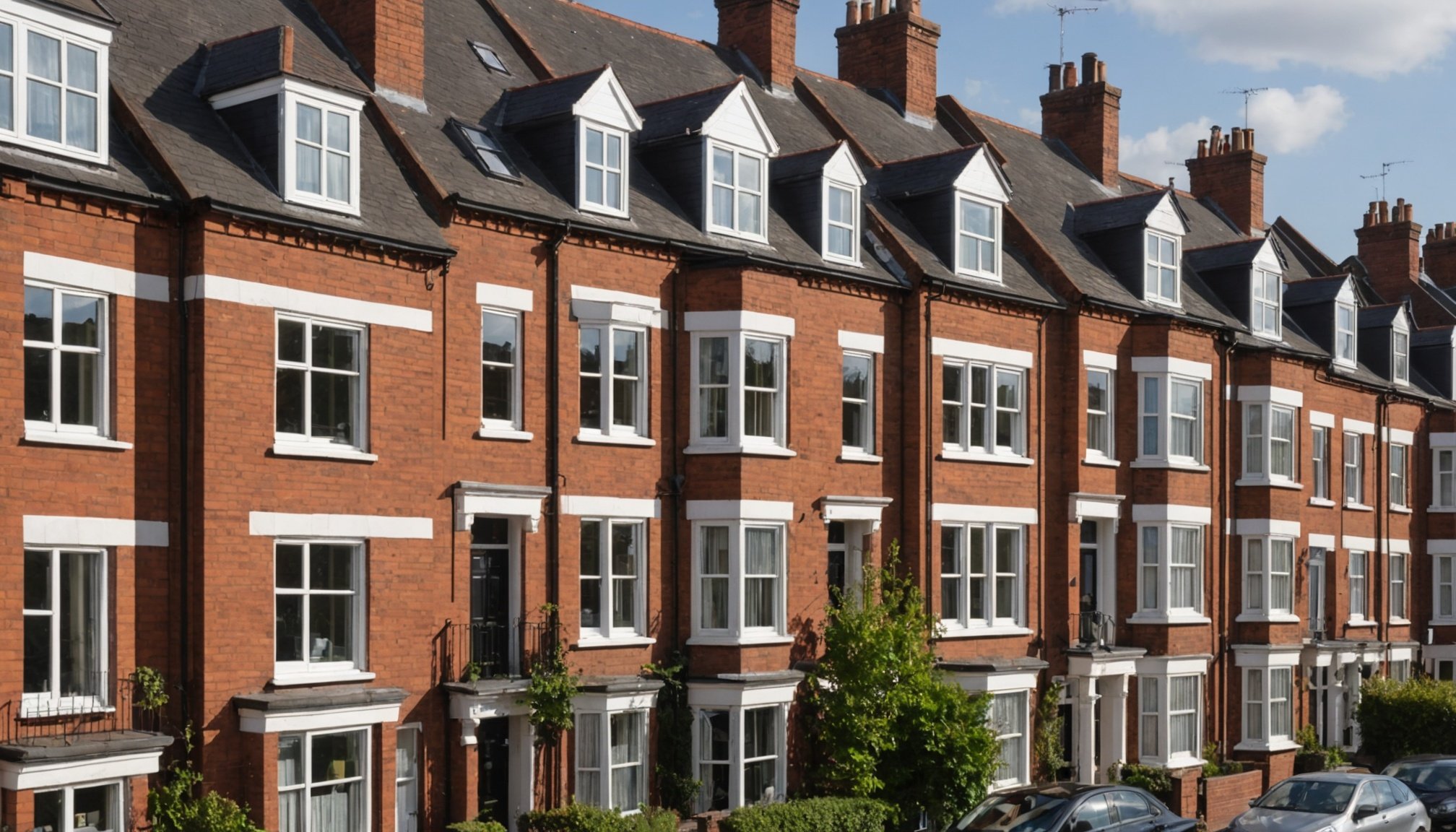Purchasing a property is a significant financial commitment, and understanding the type of ownership is crucial for potential buyers. In the UK, one of the common forms of property ownership is leasehold. While this option may seem appealing, especially for first-time buyers or those looking to invest, there are several potential pitfalls associated with leasehold properties that you must be aware of. In this article, you will learn about the intricacies of leasehold ownership, its implications, and the various challenges you may encounter when purchasing such a property.
Understanding Leasehold vs. Freehold
When considering the purchase of a property, it’s essential to understand the difference between leasehold and freehold ownership. In a freehold arrangement, you own both the property and the land it sits on outright. This means you have full control over the building and can make decisions such as renovations or alterations without seeking permission from anyone else. On the other hand, with a leasehold property, you own the building for a specific number of years but do not own the land. Instead, a freeholder retains ownership of the ground and grants you the right to occupy and use the property for the duration of the lease.
Additional reading : What are the best methods for financing renovations on a property in the UK?
A typical lease can last anywhere from 99 to 999 years, but many leases have significantly shorter terms, which can lead to complications. As a leaseholder, you will be required to pay an annual ground rent to the freeholder, which can increase over time. Additionally, you may be responsible for other charges, including service fees for the upkeep of communal areas.
Understanding what it means to hold a leasehold property is critical, as it affects your rights and responsibilities. For example, you may need to obtain permission from the freeholder before making major changes to your property. Furthermore, if the lease term gets too short, the value of your property may decrease, making it harder to buy or sell in the future. Being informed about the distinctions between leasehold and freehold ownership can help you make a more confident decision when considering a property.
This might interest you : How can new homeowners in the UK create a budget for ongoing property maintenance costs?
Potential Financial Implications
One of the primary concerns when purchasing a leasehold property is the financial implications attached to it. As part of your mortgage application, lenders will conduct thorough assessments, and the terms of the lease can impact your borrowing options. Properties with shorter lease terms may pose risks to lenders, limiting your ability to secure a loan. In some cases, they may require you to extend the lease before approving a mortgage, which can add unexpected costs.
Moreover, leaseholders are often subject to charges that can escalate over time. These charges may include ground rent, service fees, and maintenance costs for communal areas. The issue arises when these costs are not clearly communicated during the buying process. Some freeholders may increase ground rents significantly at regular intervals, resulting in financial strain for leaseholders.
Additionally, you should be aware of the potential costs associated with extending your lease. If your lease has fewer than 80 years remaining, you may face substantial fees to extend it or to purchase the freehold. This can be a significant financial burden and should be factored into your purchasing decision. Therefore, before committing to a leasehold property, ensure you are fully informed about the potential costs and future financial obligations that could arise.
Legal Complications and Responsibilities
Another crucial aspect of buying a leasehold property is understanding the legal complexities involved. As a leaseholder, you must adhere to the terms of the lease agreement, which outlines your rights and responsibilities. This document can vary significantly from one property to another, so it’s vital that you read and comprehend its contents thoroughly before making a commitment.
Lease agreements often stipulate restrictions on how you can use your property. For instance, you may be prohibited from subletting or making significant alterations without the freeholder’s consent. Non-compliance with these terms could result in losing your leasehold rights.
Additionally, the relationship between leaseholders and freeholders can sometimes be fraught with tension. Disputes may arise over service charges, maintenance issues, or breaches of the lease agreement. In such cases, resolving these disputes can be time-consuming and costly. Legal action may be necessary, which can add to the financial burden and stress of ownership.
Furthermore, the lack of regulations governing service charges can lead to unexpected financial demands. Freeholders may not always provide transparency regarding how these charges are calculated, which can create mistrust and conflict. Therefore, understanding the legal implications and your responsibilities as a leaseholder is essential for a smooth ownership experience.
Market Trends and Leasehold Properties
The market for leasehold properties in the UK has seen varying trends in recent years. Historically, leasehold properties were often seen as an affordable option for those looking to enter the housing market. However, the growing awareness of the potential pitfalls associated with leasehold ownership has led to increased scrutiny and caution among buyers.
Public concern has prompted calls for reform in the leasehold system, emphasizing the need for greater transparency and fairness. Recent legislation has aimed to protect leaseholders from excessive charges and unfair practices by freeholders. This shift in market dynamics means that potential buyers must stay informed about ongoing developments in leasehold regulations and how they may affect property values.
An integral part of understanding the value of a leasehold property is recognizing how the lease term impacts marketability. Properties with shorter leases can be harder to sell, as potential buyers may be deterred by the prospect of needing to extend the lease or deal with rising costs. This can lead to reduced demand and lower market prices, creating a potential loss on your investment.
Additionally, buyers should be aware of the broader housing market context. Economic factors, interest rates, and local demand can all influence the desirability of leasehold properties. Keeping a pulse on market trends and economic conditions will help you make informed decisions about your property purchase.
In conclusion, purchasing a leasehold property in the UK can be an attractive option for many buyers, but it comes with its share of challenges and potential pitfalls. From financial implications and legal responsibilities to market trends and changing regulations, it’s essential to do thorough research and understand what it means to be a leaseholder. By being informed and taking proactive steps, you can navigate the complexities of leasehold ownership and make a decision that aligns with your long-term goals. Whether you are considering buying a house or an apartment, ensuring you have all the necessary information at your disposal will empower you to make wise financial choices.











